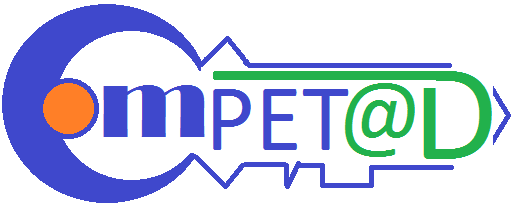Course Duration: 1 Day
Infrared thermography is one of the most valuable tools available for inspecting electrical systems. Too often, however, the use of the technology falls short of its potential full value. Why? A primary reason is our failure to understand the basic heat transfer science involved and, thus, misinterpret the thermal signature of a component possibly headed toward heat-related failure.
Objectives:
This course will present case studies that present real problems that the thermographer will experience in the field. This course objective is to give a proper training to engineers engage in this field, giving them a good understanding of radiation laws and parameters to take into consideration when carrying thermographic inspections and measurement. Participants learn to avoid costly mistakes.
Who Should Attend:
- New Thermographer Surveyors.
- Those intending to buy or use Infrared Thermography.
- Service Providers providing Infrared Thermography services; and
- Maintenance Engineers who are interested to learn Infrared Thermography as an advance tool in maintaining their own facility/assets.
Topics to be Discussed:
1. Infrared Safety.
a. Blast Hazard.
b. PPE.
2. History of Infrared Thermography.
a. Electromagnetic Spectrum.
3. Uses and Applications of Infrared Thermography
4. Thermal Instrumentation Overview.
a. Contact Sensor.
b. Non-Contact Sensor.
c. How does Infrared Camera work?
5. Basic Thermal Science
a. Definition of Heat.
b. Temperature vs. Heat.
c. Temperature Defined.
d. Units for Measuring Temperature.
e. Absolute Temperature Scales.
f. Relative Temperature Scales.
6. Basic Heat Transfer
a. Direction of Heat Flow
b. Conduction
c. Convection
d. Evaporation / Condensation
e. Radiation
f. Black Body
g. Real Targets
7. The Infrared Camera Measurement Functions
a. Level
b. Span
c. Isotherm
d. Spot Meter
e. Area Function
f. Image Capture
8. Thermal Image Interpretations & Shooting Techniques
a. High Emissivity
b. Low Emissivity
c. Thermal Gradient
d. Thermal Analysis
e. Thermal Tuning
f. Palettes
g. Reflection Recognition
h. Avoiding Spot Reflection
9. Reporting and Documentation.
a. Methodology.

